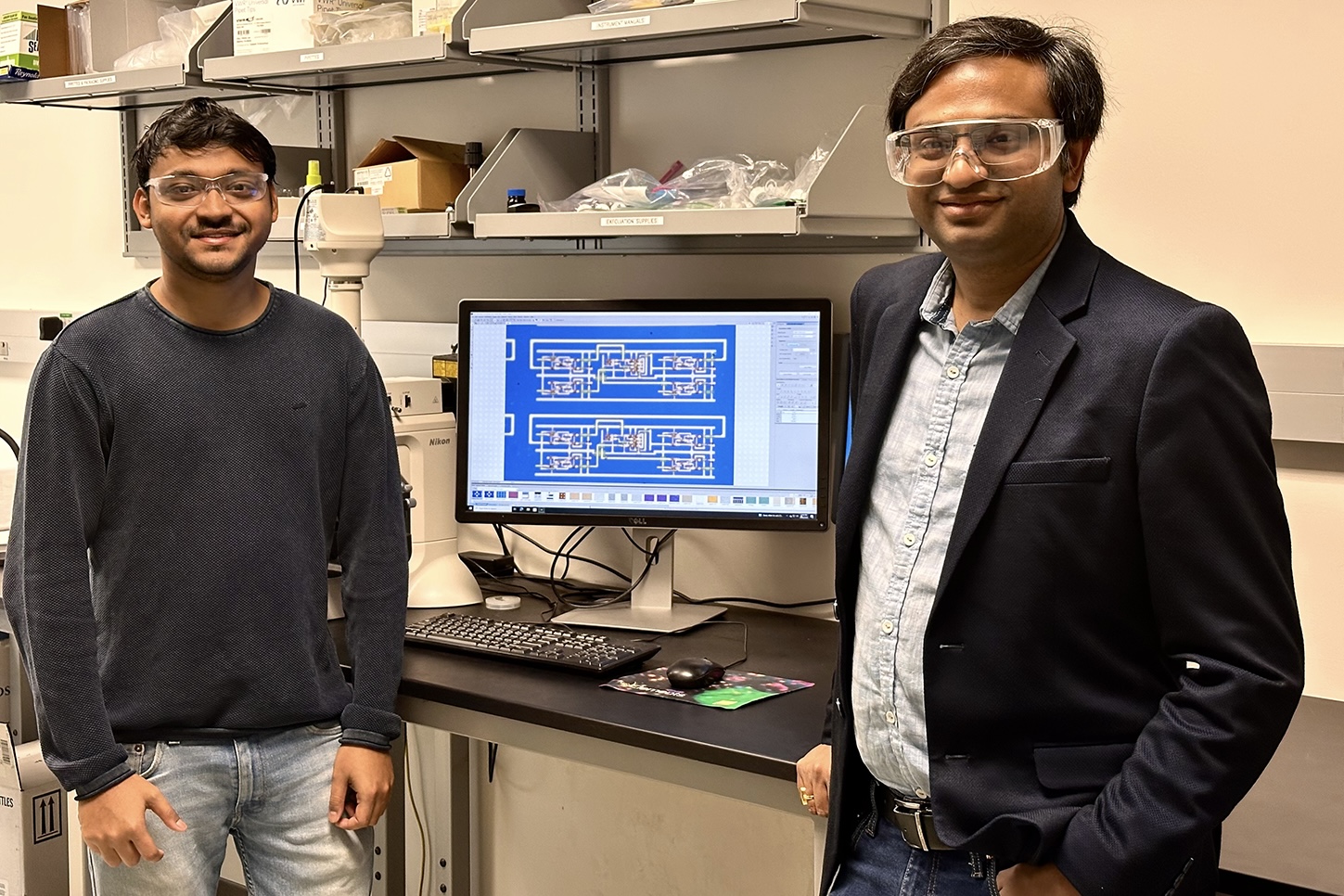Scientists Create First-Ever 2D Material Computer, Signaling the Dawn of Post-Silicon Computing
The computing world may be standing at the edge of a paradigm shift. Researchers at Penn State University have successfully built the first functional computer using 2D materials, bypassing the use of silicon altogether.
Unlike traditional microprocessors, which rely heavily on bulkier silicon wafers, this new device is powered by atomically thin layers of two distinct 2D materials: molybdenum disulfide (MoS₂) and tungsten diselenide (WSe₂). These materials form the n-type and p-type transistors required for CMOS logic, the building block of all digital computing systems.
Silicon has long been the material of choice in electronics, but it becomes unreliable at the nanoscale. As transistors shrink, power leakage and inefficiency become problematic. “Two-dimensional materials provide a much more stable platform at such tiny scales,” said Dr. Saptarshi Das, who led the project.
To achieve this, the team utilized MOCVD (metal-organic chemical vapor deposition) to grow ultra-thin, high-quality films of both materials. This level of precision allowed for the production of more than 1,000 transistors of each type, all with finely tuned electrical properties.
The resulting computer can execute basic logic functions at 25 kHz, relatively slow by modern standards but groundbreaking for a non-silicon system. More importantly, it operates at ultra-low voltages, consuming only a fraction of the energy required by traditional processors.
Subir Ghosh, lead author and doctoral student, notes that this prototype won’t replace your laptop just yet—but it’s a glimpse into a future where electronics are lighter, bendable, and embedded into virtually any surface.
With industries pushing the boundaries of device miniaturization and energy efficiency, this research signals an important move toward next-generation flexible and wearable technologies.













